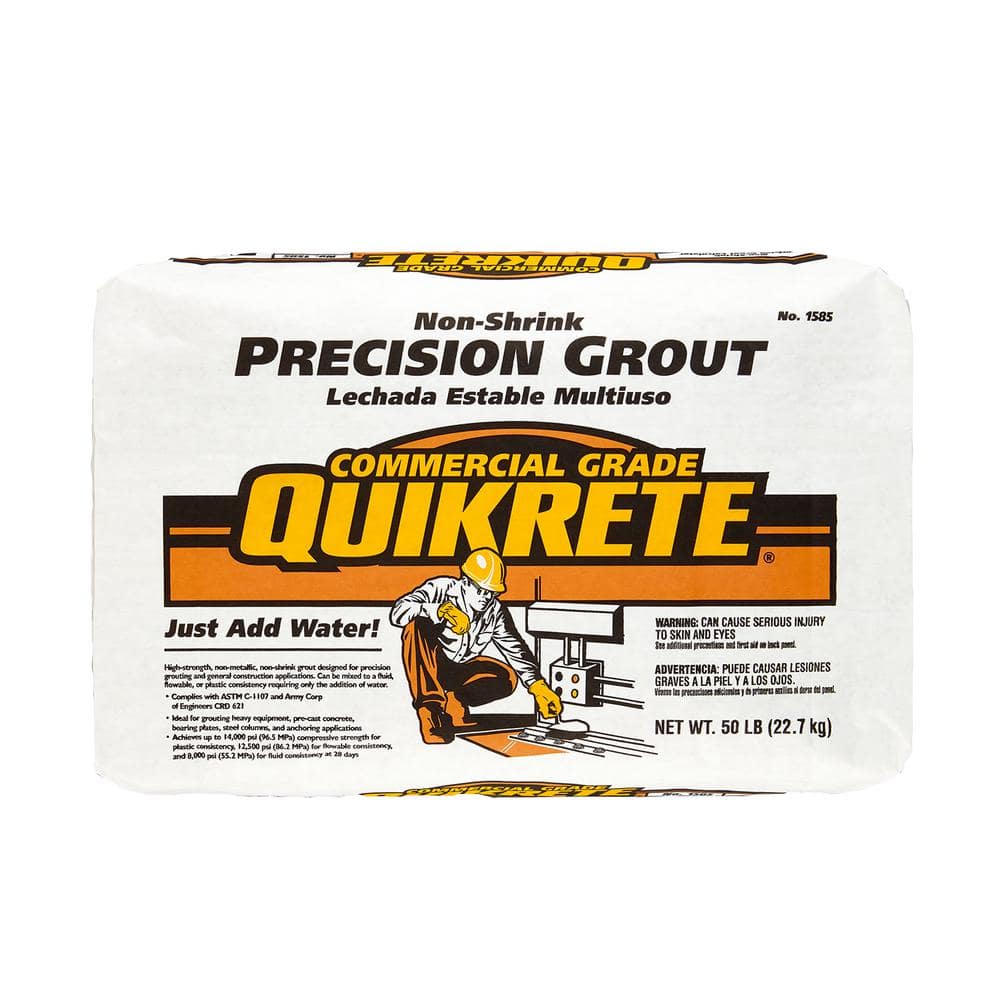JHZR2
Staff member
Talking about what is termed “grout” as a building material, not the stuff used in-betwee tiles.
I first read about “grout” when at the 9/11 memorial, where they talked about how they embedded cables in the bedrock for the wtc, and injected “grout”.
Fast forward to today, I have a large workshop building that has a rotten sill plate on one side, and I wish to embed some new L anchors into the CMU foundation (there currently are none, fwiw). Ive been reading about embedment length for anchors, and it talks about grout, not concrete. Ive not seen a good definition of what they’re asking for as grout.
My intention is to fill the CMU with concrete I’ve mixed, and embed the bolts into it. Thus I will cast in place, not have some intermediate material filling an oversized hole. But then I’m using concrete, not grout. And I don’t know what this grout specifically is. I have seen anchoring concrete... and a host of other types...
Anyone able to clarify?
thanks!
I first read about “grout” when at the 9/11 memorial, where they talked about how they embedded cables in the bedrock for the wtc, and injected “grout”.
Fast forward to today, I have a large workshop building that has a rotten sill plate on one side, and I wish to embed some new L anchors into the CMU foundation (there currently are none, fwiw). Ive been reading about embedment length for anchors, and it talks about grout, not concrete. Ive not seen a good definition of what they’re asking for as grout.
My intention is to fill the CMU with concrete I’ve mixed, and embed the bolts into it. Thus I will cast in place, not have some intermediate material filling an oversized hole. But then I’m using concrete, not grout. And I don’t know what this grout specifically is. I have seen anchoring concrete... and a host of other types...
Anyone able to clarify?
thanks!

